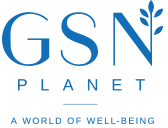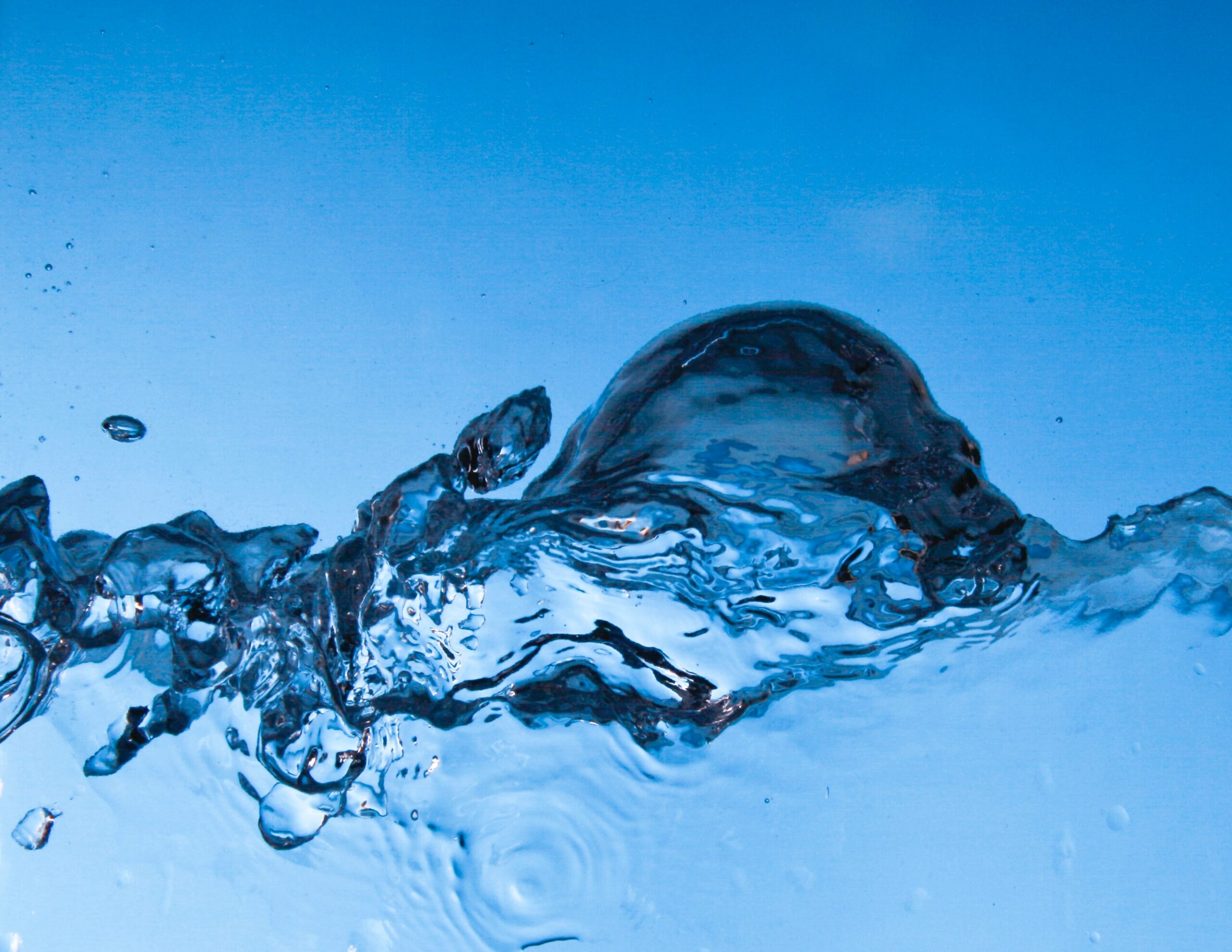Notice: Undefined variable: item in /home/w3v3cw8vp7a1/domains/gsnplanet.org/html/wp-content/themes/JointsWP-CSS-master/parts/loop-single.php on line 16
02.03.23
HOW DO WE PRACTICE SANITAS PER AQUA SUSTAINABLY?
Did you know that a single Vichy shower can consume approximately 185 gallons and a Hamman treatment 160 gallons of water? This equates to about 4-5 full bathtubs and with multiple treatments a day, can quickly escalate to the equivalent of draining and filling a medium size pool every month.
Water consumption (and wastage) has reached alarming proportions worldwide, with the WHO recently predicting that half of the world’s population will be living in water-stressed areas by 2025. Knowing that fresh water is a precious and fast-diminishing resource worldwide, water reduction practices should be top-of-mind for each of us.
That being said, we know too that from the moment our guests enter our spa, water is typically central to their experience. After all, the word SPA refers to the Latin phrase that means health through water. For centuries and since ancient times, people have drawn from the curing powers of natural hot springs, rivers, ponds and the ocean. Hydrotherapy treatments are well proven to address issues of the body and mind, by easing mobility problems, relaxing aching muscles and by reducing stress, anxiety and insomnia.
It is not uncommon that most spas might provide amongst other things, pools, hot tubs and steam rooms, not to mention possible Vichy- and experience showers, water circuit therapy, Kneipp and Watsu pools, ice fountains and water intensive treatments such as body wraps and scrubs. Add to this rich water-consumption portfolio, guest showers, a must-have facility even when no aquatic therapies are offered and finally, the spa’s laundry requirements. The water applications at most spas are quite significant.
So what to do if we want to practice SPA in its proper context, but consider ourselves bound to water-savings?
Innovate, transform traditional therapies, and put in place water efficiency practices.
Water conscious spas are increasingly opting for waterless treatments such as massages, waterless manicures and pedicures, and products such as no-rinse body wraps. They are re-thinking their wet treatment regimes and are incorporating body treatment products that make it possible to offer traditionally wet room treatments in a dry environment, with specially formulated products that stay moist and can be removed with a damp cloth.
They innovate too. Preidlhof in northern Italy unveiled a magnificent deep sea chamber, where, without any water, a thalasso experience is created. Guests, choosing in advance their preferred ocean depth, are sealed in an airtight chamber and are then engulfed in light, sound and vibration.
Powerhouses like L’oreal are also innovating, coming up with micronisation technology (in partnership with a Swedish start-up), whereby water droplets are split to enhance the water experience while reducing actual consumption.
Bring back communal bathing facilities! Bathing as a collective act has its roots in many diverse classic cultures and facilitated self- expression, relaxation, religious practices and even political debate. Practicing hydro therapy in groups naturally brings about reduction in water consumption.
Ultimately, water efficiency strategies ought to put spas well ahead in their water conservation programs, even without having to innovate or change any therapies. In fact, these strategies apply not only in our spas and beauty salons, but also at home.
The first step must always be to put management and measurement practices in place. Appoint a water monitor to take charge of your water consumption, understand your water needs, install sub-metering and measure your consumption regularly.
1. Inspect all your spa’s water- and pool equipment to make sure they work efficiently. Inspect all plumbing and fixtures to ensure there are no leaks.
2. Install low-flow showerheads and faucet aerators wherever possible. Older systems reduced water flow so significantly that spa guests were unhappy using them, but more recent models have been met with great user satisfaction and can reduce consumption by up to 2 gallons per minute.
3. Purchase water-efficient appliances such as washing machines and dishwashers. Run them only when they are fully loaded. Manage the use of robes and towels by offering these on a demand only basis. This will significantly cut down on laundry and consequently water consumption.
4. Replace older toilets, which can use up to 4 gallons per flush, with more modern dual flush ones, which use around 1 gallon per flush. Otherwise install a conversion kit to do the same job.
5. Expand your water base.
Capture rainwater and if permitted by your local authority, re-use water recovered from showers, washing machines and cooling towers. This type of water is generally termed “grey water” and, after minimal treatment, can very effectively be used for irrigation and toilet-flushing. Collect storm water in tanks to use on lawns and gardens.
6. Be mindful in the selection of plants in landscape design, since indigenous and hardy plants fare significantly better in overall water consumption than their foreign counterparts.
7. And lastly, use pool covers to reduce evaporation.
While on the topic of pools, these should, if at all possible, be free of chlorine and other harsh chemicals. These chemicals cause skin and eye irritation and are also harmful to the environment when drained into water courses and out into dams, rivers and the ocean. Salt and ozone technology provide solutions for sterilising pool water and many specialist pool contractors are qualified to provide chemical free water treatment solutions. An existing conventional pool can also be converted into a natural swimming pool (totally absent of harsh chemicals) with the add-on of a biological filtration system to the side of the pool.



